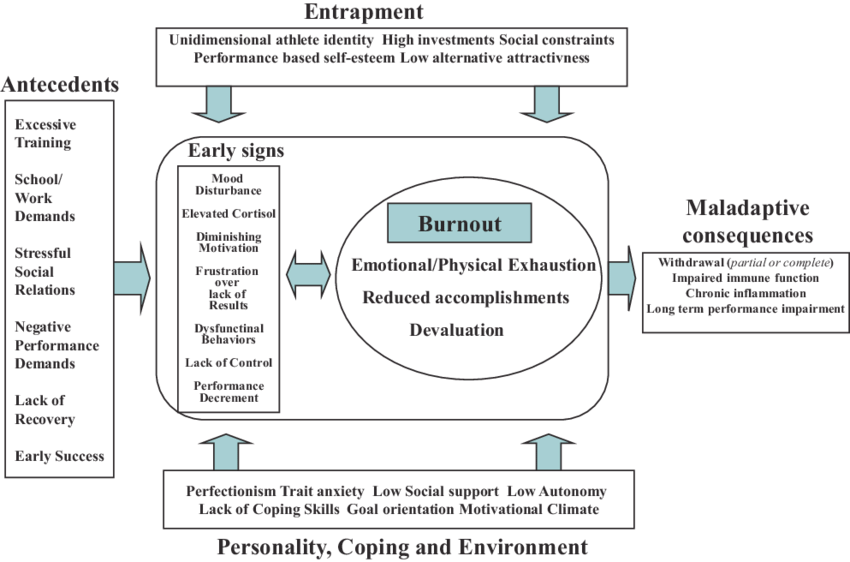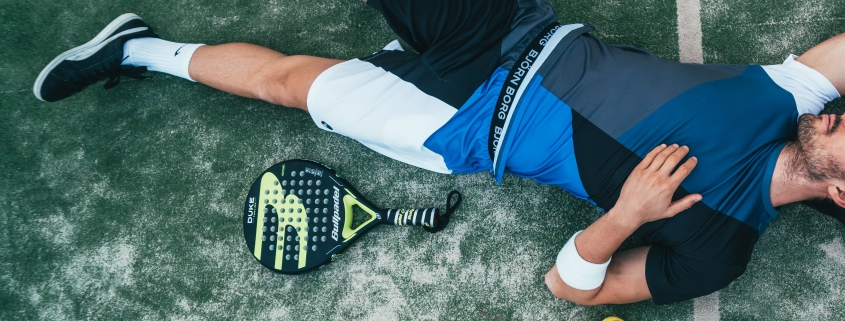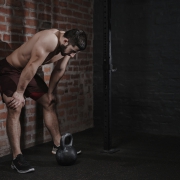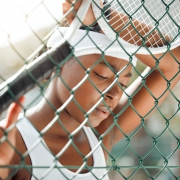Is Athletic Burnout More Than Just Stress?
It could be more than stress – you could be tip-toeing your way to burnout.
Whatever it is, just know that it’s completely normal to feel stressed from time to time.
Do you feel a lack of interest in your sport? Maybe lapses of motivation, increased stress, or little drive to participate or compete in a sport you once loved? If so, you could be experiencing what is known as “athletic burnout.”
Athletic burnout is described as a lasting experience of emotional and physical exhaustion. It’s often accompanied by a lack of motivation, a reduced sense of accomplishment, and in some cases, the need to withdraw from sporting activity, as stated in a 2007 study.
It’s common for burnout and stress to intertwine, especially in the workplace and in our personal lives. And it’s certainly possible for burnout to find its way into your training. So watch out, burnout stress is lurking around many corners, but there’s a difference between stress and burnout, especially when it comes to sports.
So, this blog post will explain more about stress and athletic burnout – how they are connected and what you can do to better manage your stress levels.
Burnout and stress – where’s the link?
A good amount of research on athletic burnout suggests chronic stress to be a key driving factor behind burnout.
The American College of Sports Medicine mentioned the physical, emotional, and academic pressures University and college-level athletes encounter regarding burnout. For example, student-athletes commonly miss lectures, are exposed to social isolation, limited privacy, inadequate recovery, the pressure to perform, the list goes on…
These physical and emotional stressors may contribute to athletic burnout – creating a link between stress and more severe burnout symptoms. Other researchers suggest that burnout is more than a side effect of chronic stress.
Similarly, world-leading sports sociologist, Coakley, argues that stress is not the cause of burnout – it is a symptom. Other academics also view burnout as a result of entrapment in sports.
Entrapment occurs when athletes no longer want to participate in their sport, but feel like they have to. This is more common in youth athletes – perhaps continuing to swim or run track to achieve a scholarship or to impress their peers, parents, or coaches.
The integrated model of athlete burnout
Many theories and models have described burnout and its association with stress, entrapment, and personality factors.
Trying to understand the main cause of athletic burnout when there are so many theories and models can be confusing. So, Gustaffson and colleagues created the integrated model of athlete burnout to best represent the many causes of burnout in sport.

The integrated model of athlete burnout takes into account the most popular explanations for burnout in sports. This combined model of burnout helps us better understand how different stressors and other factors out of our control may contribute to burnout, eventually leading to maladaptive consequences such as withdrawal and a performance decline.
How to identify athlete burnout
There are a few telltale signs of athletic burnout that you should look out for. These symptoms may include:
- Mood disturbances
- A lack of motivation
- Increased stress
- A decrease in performance
You may also have other symptoms that go beyond stress – a sign that it’s more than a single episode of stress.
What are the side effects of athletic burnout?
Athletic burnout is unique to the individual. But there are a few common side effects of burnout that many athletes encounter, such as:
- Withdrawal from sport
- Chronic inflammation
- Depression
- A further lack of motivation
Read our blog post on how to prevent athlete burnout for further tips and actionable strategies to help you beat burnout.
How to treat athletic burnout
It’s not uncommon for athletic burnout to go undetected. Often, athletes do not speak about stress, and how they’re feeling emotionally with their coaches, peers, or even parents. For many athletes, there’s too much at risk. And for others, they don’t know why they’re feeling how they do, whether that’s lapses in motivation, increased fatigue, or one of the many other burnout symptoms.
So, how do you treat it? The main way to overcome athlete burnout is to rest – taking time off from your sport to fully recover. However, you can also manage your emotional fatigue and stress to better understand when you are at a higher risk of burnout.
You may also consider adding stress relief sessions to your daily routine to better cope with stress, increasing relaxation when you need it most, whether after a challenging training session or a long day. If you are reading on mobile, you can complete the Rewire Fitness stress relief session here. On average Rewire users report a 70% decrease in stress after completing a 2 minute session.
Unlock ultimate performance with Rewire Fitness
So, the big question: is athletic burnout more than just stress?
Burnout and stress have some correlation. However, whether stress is the cause of burnout or a symptom remains academically challenged. But we do know this: managing your stress, emotional fatigue, and controlling your immediate environment is likely to help prevent burnout. And if you’re looking for immediate stress relief, you may want to check out our blog post on 5-10 breathing.
Start using the Rewire Fitness app today for free and begin mental training to help combat burnout and reduce stress.
FAQs
What are the signs of athletic burnout?
Telltale signs of athletic burnout include a lack of motivation, mood disturbances, increased stress, and a performance decrease.
What does sport burnout feel like?
Sport burnout is often described as physical and emotional exhaustion. You may also experience a reduced sense of accomplishment and less interest in your sport.
How long does it take to recover from burnout?
Burnout recovery varies from person to person. It can takes weeks or months to fully recover from burnout.
References:
Coakley, J., 1992. Burnout among adolescent athletes: A personal failure or social problem?. Sociology of sport journal, 9(3), pp.271-285.
Gustafsson, H., 2007. Burnout in competitive and elite athletes (Doctoral dissertation, Örebro universitetsbibliotek).
Gustafsson, H., Kenttä, G. and Hassmén, P., 2011. Athlete burnout: An integrated model and future research directions. International Review of Sport and Exercise Psychology, 4(1), pp.3-24.
Raedeke, T.D., 1997. A sport commitment perspective. Journal of sport & exercise psychology, 19, pp.396-417.
The American College of Sports Medicine. 2021. The American College of Sports Medicine Statement on Mental Health Challenges for Athletes. [online] Available at: <https://www.acsm.org/news-detail/2021/08/09/the-american-college-of-sports-medicine-statement-on-mental-health-challenges-for-athletes> [Accessed 8 October 2022].















